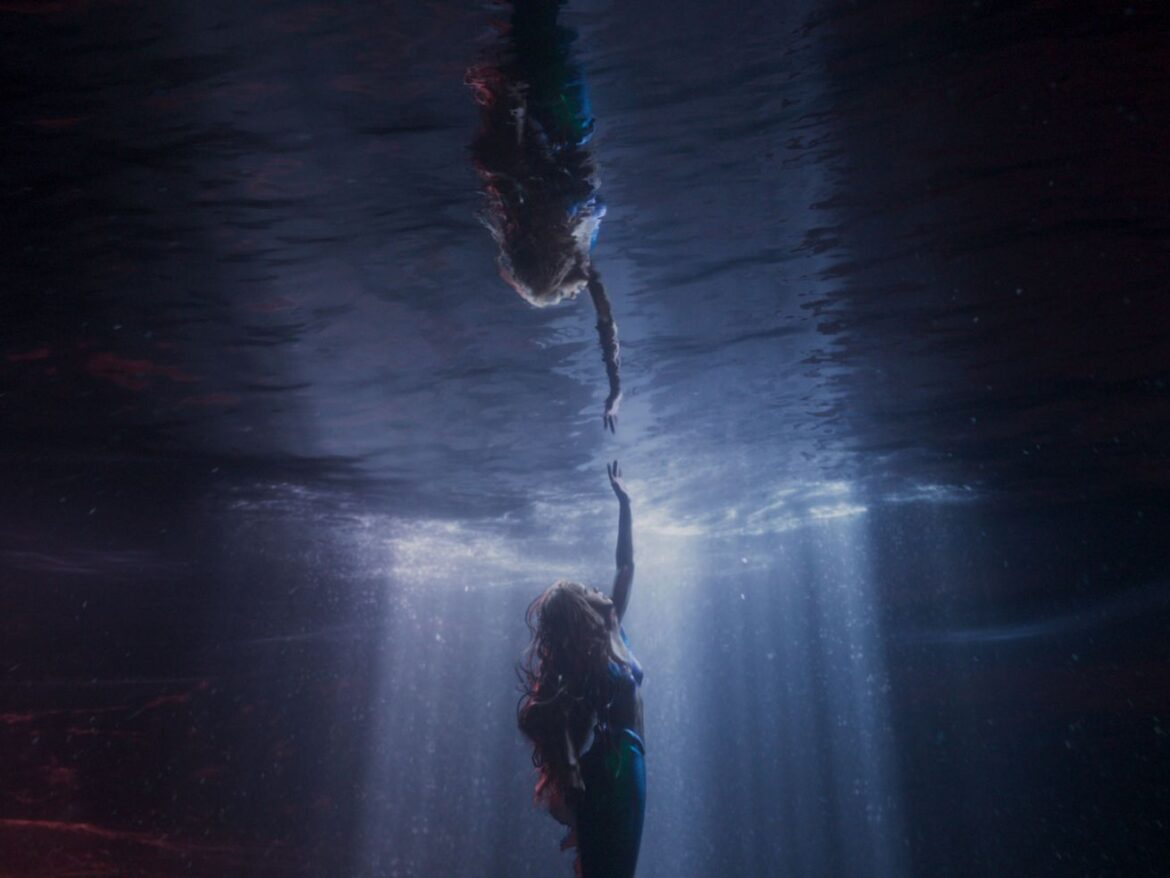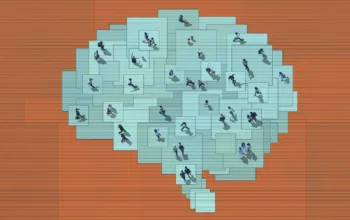The poor, unfortunate remake isn’t nearly as visually spectacular as the original Disney classic.
At the heart of Disney’s original The Little Mermaid is a question about our own existence: How can a world that makes such wonderful things — gadgets, gizmos, whosits, and whatsits — be bad?
At the heart of Disney’s 2023 live-action remake of The Little Mermaid is one possible answer: by taking beloved things and making them slightly worse!
The Little Mermaid (2023) isn’t a total dud. After all, it’s hard to muck up the original story of a mermaid, the man she falls in love with, the world she wants to escape, the conniving sea witch who gets her out, and the lesson to never give up your voice for love. Halle Bailey as Ariel turns in a stunning vocal performance. And Daveed Diggs’s voice-over work as Ariel’s Jamaican crab sidekick Sebastian provides bursts of joy and humor.
But aside from those few facets, the remake mostly sinks.
There are additions: three new and unremarkable songs, and a forgettable backstory about Prince Eric (Jonah Hauer-King) being a naval adventurer. Ursula (Melissa McCarthy) gets a little more as well, as screenwriter David Magee paints her and Triton (Javier Bardem) as feuding siblings, but fails to dive deeper than surface-level exposition.
The remake’s main sin, however, is that it’s visually confusing, if not altogether aesthetically unappealing. At times, it looks downright awful.
The original 1989 Little Mermaid is largely recognized as the start of what’s known as the “Disney Renaissance” — the pocket of time between the late ’80s to around 1999 in which Disney’s produced animated features like Beauty and the Beast, Aladdin, The Lion King, Pocahontas, and Hercules. Those movies set the standard for animated feature films.
What made The Little Mermaid so revolutionary is that it combined the beauty of hand-drawn animation with the genius songs of Howard Ashman and Alan Menken.
/cdn.vox-cdn.com/uploads/chorus_asset/file/24669209/TLM_marketing_stills_v5_016.jpg)
Courtesy of Disney
Paired together, Ashman and Menken had the supernatural ability to tell you the story of an entire character in a three-minute song. “Part of Your World” gives us everything we need to know about Ariel’s free spirit and how she hasn’t found the happiness she’s looking for. “Poor Unfortunate Souls” gives a glimpse into Ursula’s cynical worldview, a character spurned for speaking the ugly truth about how life works. “Under The Sea’’ rightly points out that from the perspective of a Jamaican crab, humans just spend their lives working, consuming, and wasting.
Disney took these magical songs and fused them with an army of talented and perhaps overworked animators, who drew millions of bubbles for the movie. You can see that so much care was put into the smallest details.
From the way Ursula’s whip-thin eyebrows sharpen when she gives Ariel the terms of her nefarious deal, to how Ariel’s face softens and blue eyes go wide when she sees Eric’s silhouette, to the way Flounder’s nose twitches and Sebastian’s legs float or scurry — there’s a thoughtfulness to every movement. The way these characters look and behave connects to who they are, how they feel, and the mood of the setting and story.
The original story about a girl finding her voice still resonates in the remake, and Ashman and Menken’s songs soar, especially with a powerhouse like Bailey’s megawatt vocals. But director Rob Marshall seems at best confused about — and at worst, hostile to — the vibrant, emotive, and whimsical visual world of the original.
Marshall, following the cue of The Lion King and Beauty and the Beast live-action (and CGI-animated) remakes, aims to present a realistic undersea world, but the overall effect is uncanny valley. The sea creatures — dolphins, starfish, crabs, even seagulls — do resemble their real-life counterparts. But perhaps the mimicry is too much, to the point that there’s something about these depictions that triggers an uneasy response. Maybe it’s the prolonged, lingering shots on their “smiling” faces or that their tiny mouths are contorted in unnatural ways.
It’s as though there’s almost something sinister hiding underneath the computerized animal skin — and that’s even before they start singing and dancing.
“Under the Sea” is the original’s show-stopping spectacle. It’s a dazzling assault of color, innovation, and underwater silliness (the fluke is the duke of soul). But in Marshall’s movie, the realism deflates the number. In keeping with accuracy, the ocean isn’t as brightly lit and some of the creatures, like the sea turtles, look almost dull marching in unison across the ocean floor. The sequences are also stifled by poor spacing, in which Ariel and Sebastian — who should be pulling focus throughout the number — get lost in the action. It’s confusing that you’re never exactly sure how big the characters or creatures should be within the scale of the scene.
“Poor Unfortunate Souls,” Ursula’s seductive, brassy number, is undercut by the same lack of visual thoughtfulness. The original pays special attention to the character’s lips, teeth, and her heft to give the song and the character unflinching menace. In Marshall’s recreation, McCarthy sounds grand, but her CGI’d kraken body is almost flimsy. There’s no spookiness, no slither. It also doesn’t help that the scale of her lair seems to shift with the beat of the song. At one point she floats away into a speck. Eaten up by the enormity of her cavern, and Marshall’s choice to avoid McCarthy’s face, Ursula almost feels a little harmless.
/cdn.vox-cdn.com/uploads/chorus_asset/file/24669212/TLM_dt2_stills_request_4K_rec709_20230228.0006.jpg)
Courtesy of Disney
Perhaps the most distracting element in the new Little Mermaid is how awful everyone looks wet. When Ariel and Triton come to the surface, their wet hair lies dead on their faces. Triton’s soppy beard flops against his dull, abalone armor in the saddest of ways. When they hit the surface, the merfolk lack a sense of majesty which, again, seems to be Marshall’s insistence on hyper-realism. Salt-water-drenched hair isn’t beautiful in real life.
But would it hurt that much to imbue a bit of magic and beauty into the remake of a movie that’s all about finding beauty and magic in a place that isn’t our own? Why does seemingly everything in this movie exist underneath a scrim of ugliness? What if this movie dared to be as gorgeous as the original?
Somehow, in this fantasy of mermaids and magical spells and a world compelled by curiosity, there’s a frustratingly fastidious commitment to terrestrial dreariness. And it’s not a world I’m longing to be a part of, not even for two hours.



